Leonard A. Niemi
2004
about
(1917-1995) Sailplane Designer/Manufacturer
Awards
Silver #456 1960
Bio
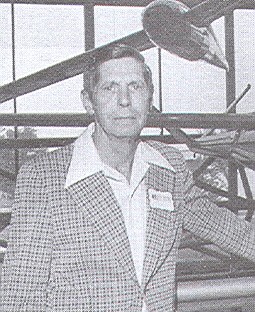
Leonard Niemi's entire life from high school on was devoted to flight in one form or another. For the soaring community his life efforts culminated in the most successful high-performance American sailplane ever produced, the Sisu. The name reflects Niemi's Finnish heritage and, broadly translated, means "guts."
The Sisu, first flown in 1958, was immediately recognized as an outstanding performer. It was the national championship mount of John Ryan in 1962, Dean Svec in 1965 and A.J. Smith in 1967. It set three world records with Al Parker out of Odessa, TX. Niemi's 11 production Sisu sailplanes dominated soaring competitions until the arrival of European glass ships. It is ironic that laminar-flow airfoils like the ones Niemi used on his Sisu had to migrate across the Atlantic Ocean to reach their ultimate potential in the hands of European designers.
Niemi learned the fundamentals of aircraft mechanics in his teens. He gained experience in every phase of aircraft construction at Bell and Curtiss-Wright in Buffalo, NY. He spent a year as an aircraft mechanics instructor and then was designated as a plant layout engineer the year before his 1943 induction into the U.S. Army Air Force.
Post-World War II, he attended the University of Michigan and received his B.S. in Aero Engineering in 1951. After graduation, Niemi worked at Bell, Frye and Convair aircraft companies. Then in 1960 he and Jack Baugh organized Arlington Aircraft to manufacture the Sisu. It became the world's highest performing production sailplane.
Leonard Niemi holds Silver # 456 earned in 1960.
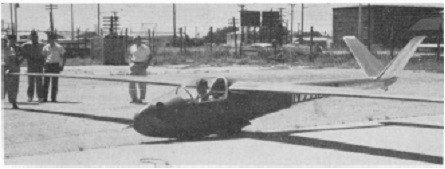
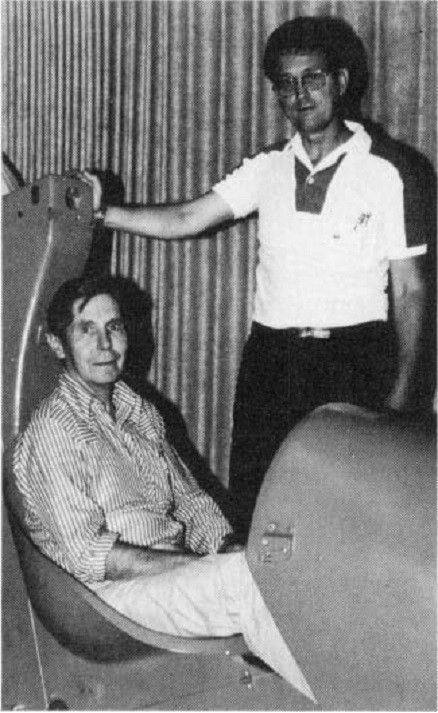
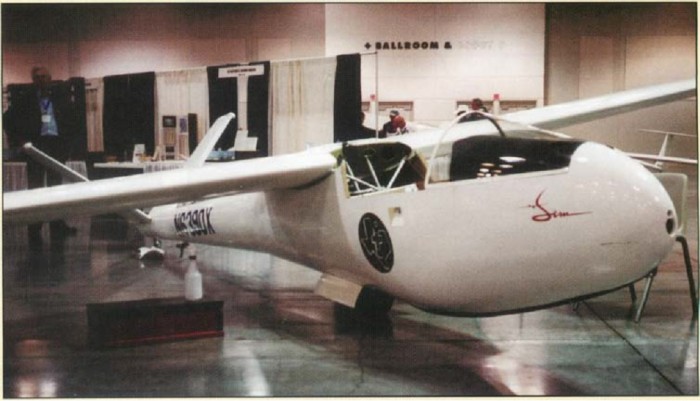
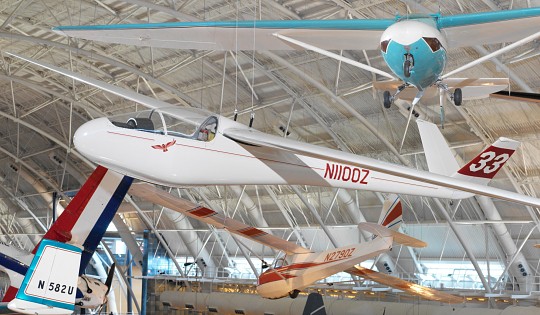
Leonard Niemi's Sisu is the most successful American competition sailplane ever flown. John Ryan in 1962, Dean Svec in 1985 and A.J. Smith in 1967, all won the United States National Soaring Championships flying a Sisu. In 1967 Bill Ivans set a national 100 km speed record of 84 mph flying from El Mirage California. The Sisu on display at the Smithsonian was flown by Alvin H. Parker â€" the first pilot to exceed the symbolic barrier of 1000 km (1,042 km; 647 miles) July 31, 1964, from his hometown of Odessa, TX .
Reprinted from the United States Soaring Hall of Fame Induction Ceremony program.